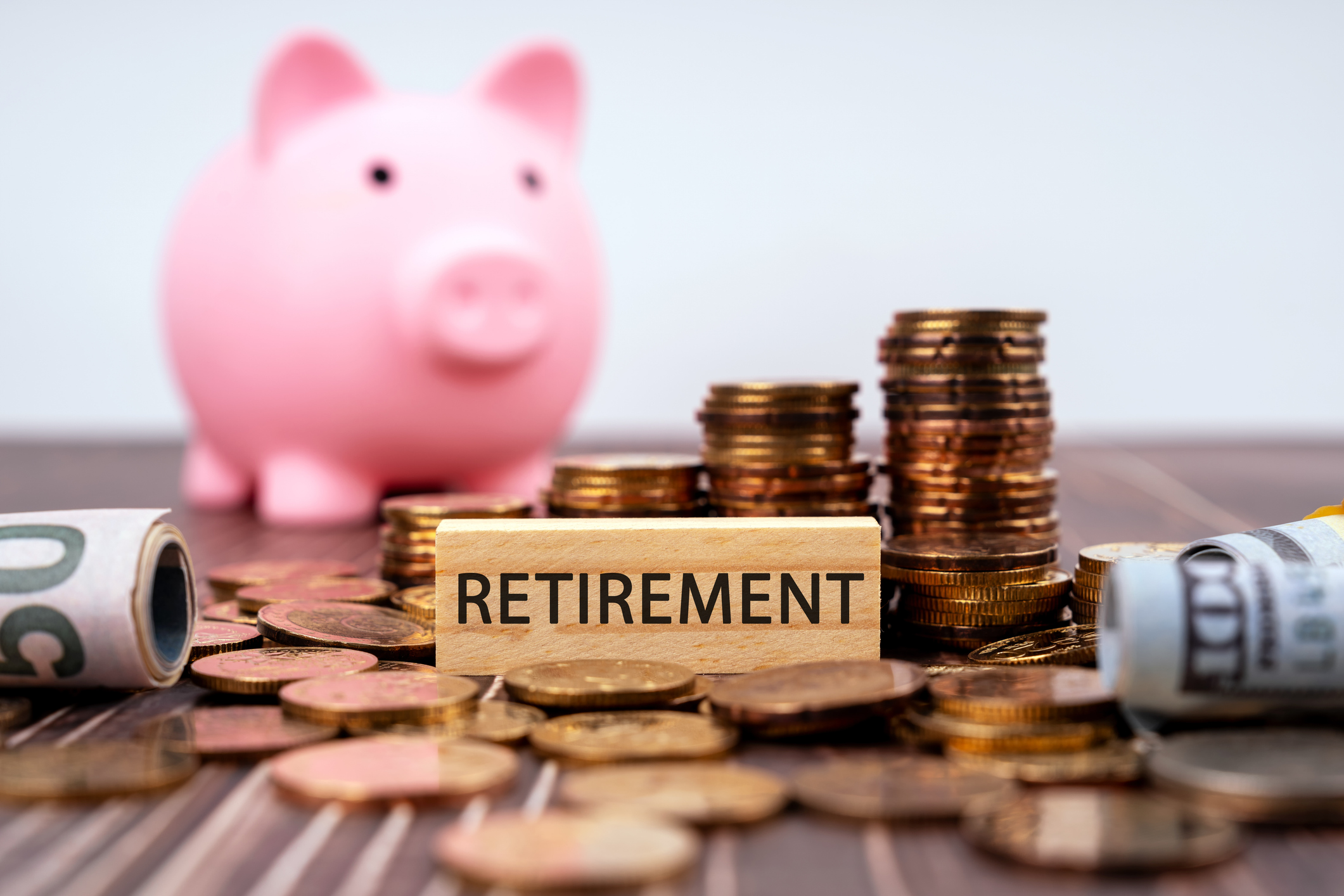Investment Newsletters Lose Their Referee
For 36 years, Mark Hulbert separated the liars from the talent among newsletters with his digest.

In 1980, Mark Hulbert launched the Hulbert Financial Digest, a newsletter that has shone a bright light into the murky world of investment newsletters. Before Hulbert, there was no way to tell which, if any, newsletters delivered value to their subscribers—and which provided mediocre advice or, worse, touted misleading (and, occasionally, flat-out mendacious) results in their advertising.
Today, we are inundated with data, but it’s often impossible to separate what’s accurate from what’s nonsense. That task is about to become much more difficult.
In February, Hulbert, 60, published the final issue of the digest. Unfortunately, his newsletter, like so much other valuable journalism, has fallen victim to Internet economics. When Hulbert launched his letter 36 years ago, he writes in that final issue, it was “downright revolutionary. In today’s world, in contrast, awash as it is in Big Data, it seems to be less needed. That, at least, is the judgment of the market.”
From just $107.88 $24.99 for Kiplinger Personal Finance
Become a smarter, better informed investor. Subscribe from just $107.88 $24.99, plus get up to 4 Special Issues

Sign up for Kiplinger’s Free Newsletters
Profit and prosper with the best of expert advice on investing, taxes, retirement, personal finance and more - straight to your e-mail.
Profit and prosper with the best of expert advice - straight to your e-mail.
In his last issue, Hulbert offers his usual scorecard of top-performing newsletters (more on those in a minute). But he also offers a valuable summation of what he has learned in decades of reading investment newsletters and crunching the data. “I am confident,” he writes, “that, even if the HFD were to continue publishing for another 36 years, these lessons would remain just as true.”
His most important lesson: “It is very difficult to beat the market over the long term. Not just very difficult, but extremely so.” His evidence: Fewer than 10% of the advisers for which the HFD has complete data beat the stock market over the entire period of the digest’s existence, from mid 1980 through this past January 31.
Hulbert says he also learned that short-term returns, even if they are adjusted for risk (that is, volatility), are meaningless “noise” as far as forecasting how a newsletter will do in the future. However, long-term results, particularly if risk-adjusted, do have some predictive value.
A few of my favorite newsletters
With that in mind, here are a few of the newsletters that have posted solid returns and pass my own tests for offering investors easy-to-follow advice and well-reasoned arguments in favor of their investment picks. If you’re interested in a newsletter, ask for a free issue; almost all will furnish you with one. I’ve listed the prices for one-year subscriptions, but be sure to check websites for special offers. All returns are through January 31.
Over the past 15 years, HFD’s top-performing fund newsletter based on both raw returns and risk-adjusted returns is InvesTech Research. Its model portfolio has returned an annualized 8.7%, an average of 4.3 percentage points per year better than Standard & Poor’s 500-stock index. Editor James Stack, my longtime favorite market prognosticator, uses both technical analysis and fundamental economic data to fix his all-important allocation to stocks. Currently, his technical indicators are generally bearish, but his economic indicators are not. As a result, his model portfolio has 65% in stocks—not a small percentage but below average for him. InvesTech costs $175 a year.
Another superior performer over that same 15-year period is The Independent Adviser for Vanguard Investors. Like most newsletters, this one offers several portfolios. On average, they returned an annualized 6.1%, beating the S&P 500 by 1.7 percentage points per year. Independent Adviser ranks seventh over the 15-year span among fund letters and sixth on a risk-adjusted basis. Editor Dan Weiner has achieved those results almost entirely by recommending investments in Vanguard’s low-cost, actively managed funds, most of which are run for Vanguard by outside money managers. Some of those funds, such as Vanguard Dividend Growth (symbol VDIGX), a member of the Kiplinger 25, and the Primecap funds (which are sold under both the Vanguard and Primecap labels), have produced stellar returns. Weiner has also benefited from keeping about 5% of most portfolios in Vanguard Health Care Admiral (VGHAX), which, like Dividend Growth, is run by Wellington Management. The newsletter costs $99.95 annually.
Morningstar Dividend Investor ranks fifth among all newsletters (stock, bond and fund letters) over the past 10 years on raw returns and second on a risk-adjusted basis. Over the past 10 years, its model portfolio returned an annualized 9.8%, an average of 3.3 percentage points better than the S&P 500. Editor Josh Peters draws on the research of more than 100 Morningstar stock analysts to produce a portfolio of high-quality companies that pay generous dividends. Overall, his model portfolio boasts a dividend yield of 4.3%. Peters cites research showing that high-dividend-paying stocks tend to outperform over the long term. Dividend Investor costs $189 annually.
Morningstar Stock Investor runs close behind its dividend-oriented sibling over 10 years, ranking seventh in raw performance and sixth in risk-adjusted returns. It returned an annualized 9.0%, or 2.5 percentage points per year better than the S&P. Editor Matt Coffina draws on the same Morningstar analysts as Peters, and there’s some overlap in the two letters’ recommended holdings. But Coffina doesn’t focus on dividend yield. Rather, he likes businesses with sustainable competitive advantages. Consequently, his picks tend to be more growth-oriented than Peters’s. The letter costs $135 annually.
A final note: Hulbert puts in a tremendous amount of effort to ensure that his numbers are accurate. He and his four analysts subscribe to newsletters anonymously and collect and record hotline updates. Consequently, he has assembled a remarkable database that has provided the basis for numerous academic papers. But News Corp.’s Dow Jones unit, which owns the Hulbert digest, “didn’t see HFD as a profitable business,” Hulbert told me. “Unfortunately, unless something happens soon, the database will stop being maintained.” Hulbert is still looking for a buyer who will keep the business going.
If he fails, which seems likely, the investment newsletter world is likely to revert to its Wild West ways. No one will be able to tell who’s lying and who’s not. It will become increasingly difficult to ensure that performance figures in articles are accurate. It may even become impossible. That’s a shame. I will dearly miss the Hulbert Financial Digest.
Steve Goldberg is an investment adviser in the Washington, D.C., area.
Profit and prosper with the best of Kiplinger's advice on investing, taxes, retirement, personal finance and much more. Delivered daily. Enter your email in the box and click Sign Me Up.

-
 Forget Financial Forecasts: Focus on These 3 Goals for Success
Forget Financial Forecasts: Focus on These 3 Goals for SuccessWe know the economy is unpredictable and markets will do what they do, no matter who predicts what. Here's how to focus on what you can control.
-
 Why In-Person Financial Guidance Remains the Gold Standard
Why In-Person Financial Guidance Remains the Gold StandardFace-to-face conversations between advisers and clients provide the human touch that encourages accountability and a real connection.
-
 How You Can Turn Your Home Equity Into a Retirement Buffer
How You Can Turn Your Home Equity Into a Retirement BufferIf you're one of the many homeowners who has the bulk of your net worth tied up in your home equity, you might consider using that equity as a planning tool.
-
 How Inflation, Deflation and Other 'Flations' Impact Your Stock Portfolio
How Inflation, Deflation and Other 'Flations' Impact Your Stock PortfolioThere are five different types of "flations" that not only impact the economy, but also your investment returns. Here's how to adjust your portfolio for each one.
-
 Why I Still Won't Buy Gold: Glassman
Why I Still Won't Buy Gold: GlassmanOne reason I won't buy gold is because while stocks rise briskly over time – not every month or year, but certainly every decade – gold does not.
-
 Should You Use a 25x4 Portfolio Allocation?
Should You Use a 25x4 Portfolio Allocation?The 25x4 portfolio is supposed to be the new 60/40. Should you bite?
-
 Retirement Income Funds to Keep Cash Flowing In Your Golden Years
Retirement Income Funds to Keep Cash Flowing In Your Golden YearsRetirement income funds are designed to generate a reliable cash payout for retirees. Here are a few we like.
-
 10 2024 Stock Picks From An Investing Expert
10 2024 Stock Picks From An Investing ExpertThese 2024 stock picks have the potential to beat the market over the next 12 months.
-
 Special Dividends Are On The Rise — Here's What to Know About Them
Special Dividends Are On The Rise — Here's What to Know About ThemMore companies are paying out special dividends this year. Here's what that means.
-
 How to Invest in AI
How to Invest in AIInvestors wanting to know how to invest in AI should consider these companies that stand to benefit from the boom.
-
 Why I Still Like Emerging Markets
Why I Still Like Emerging MarketsPeriods of global instability create intriguing possibilities in emerging markets. Here are a few.